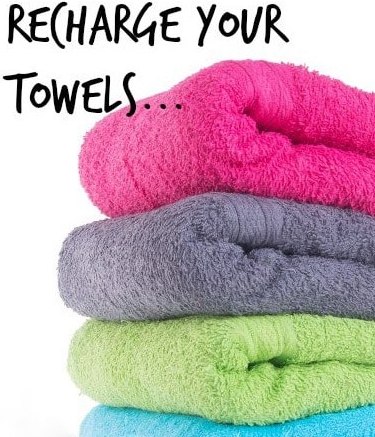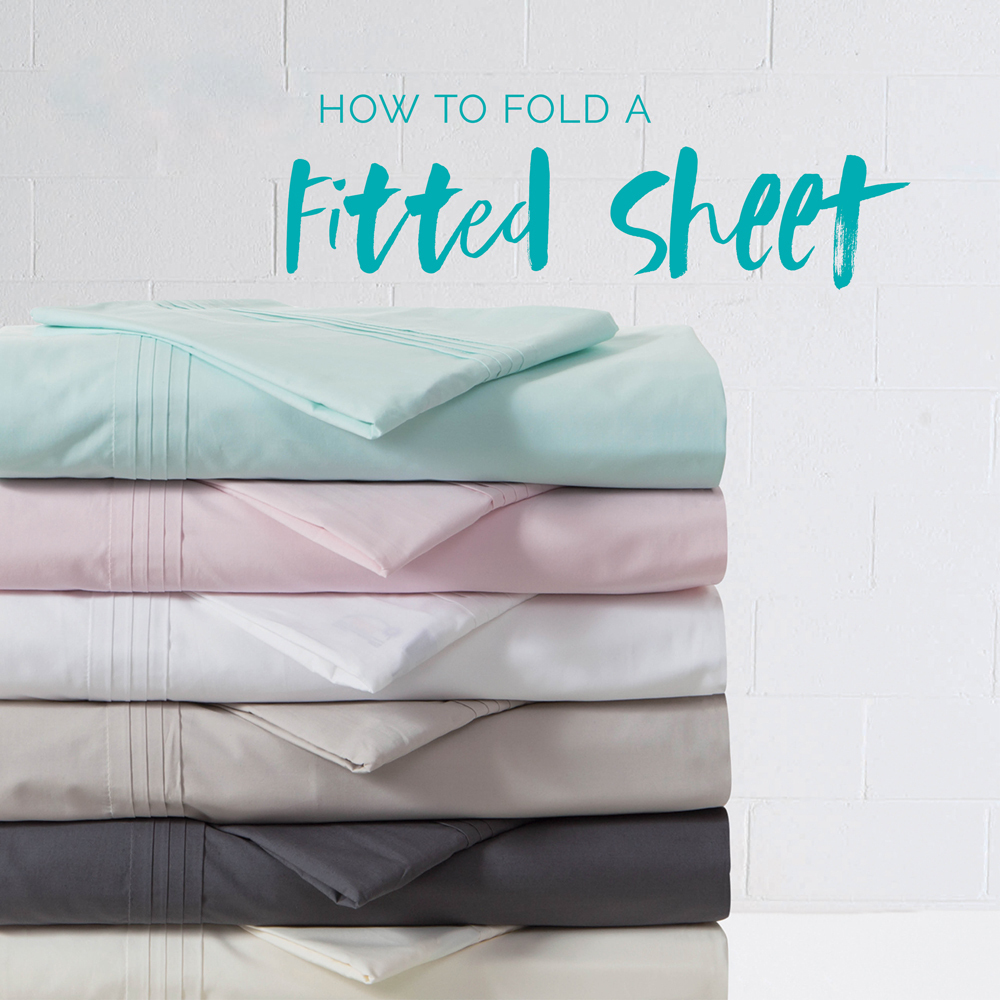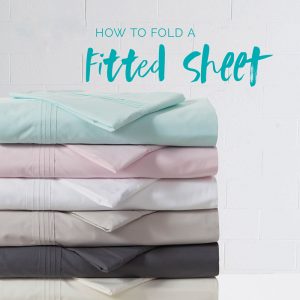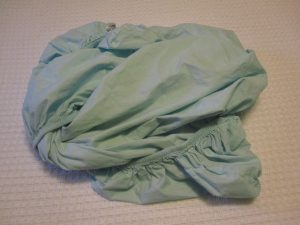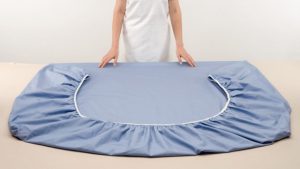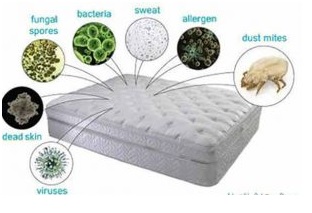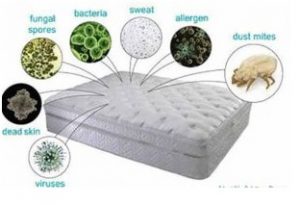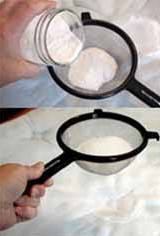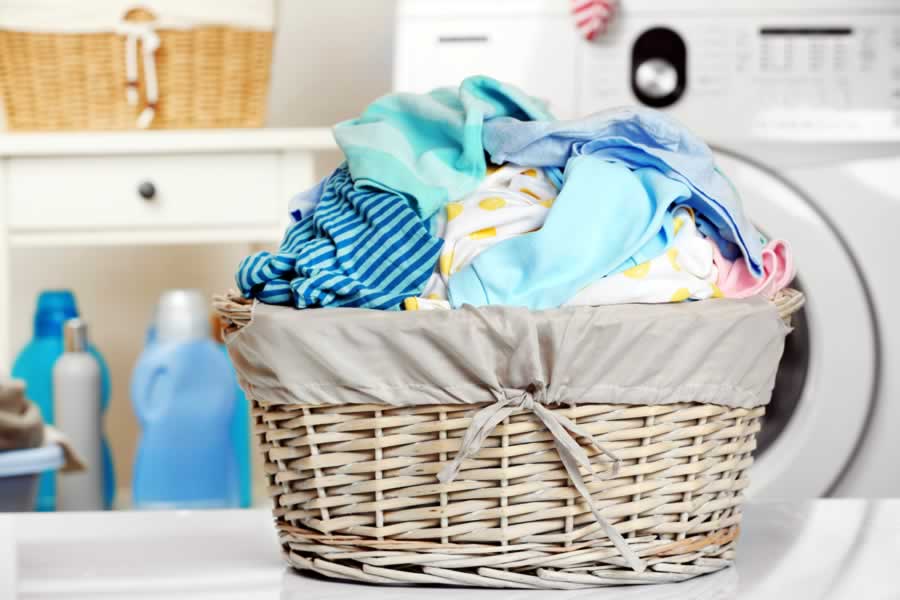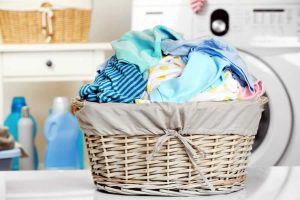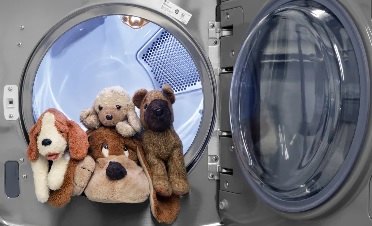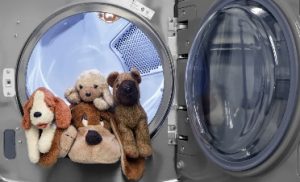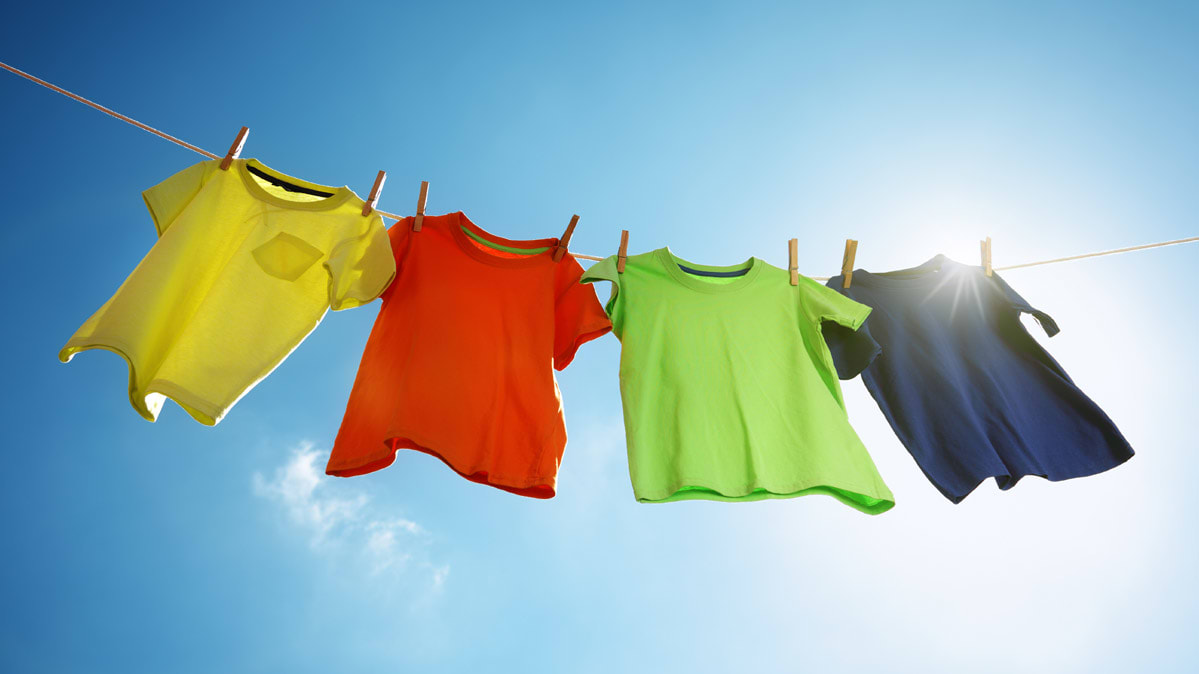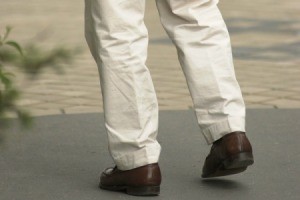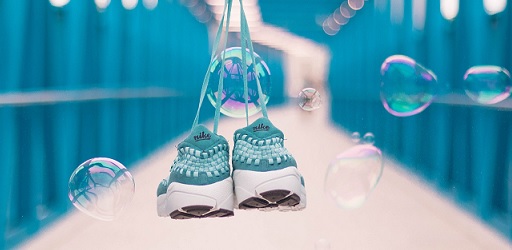Time To Recharge Your Towels
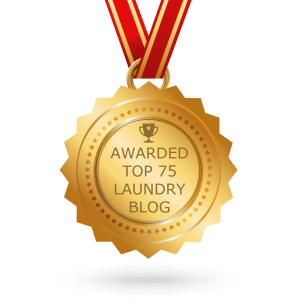
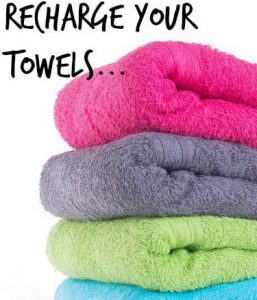
Every so often you grab a towel out of the linen closet and notice it’s lost its fresh smell and softness. Let’s face it – no one wants to dry off with a scratchy, musty towel. Here are some steps that will help bring smell good, fluffy towels back.
1) Wash your towels with hot water and 1 cup of white vinegar only.
2) Re-wash a second time with 1/2 a cup of baking soda and hot water only.
3) Dry your towels on the hottest setting until completely dry.
If the odor and scratchiness continues, repeat the steps again only this time use 2 cups of vinegar. If at all possible let the towels soak in the hot water and vinegar for an hour before continuing.
Vinegar is known for removing soap and fabric softener build-up. Fabric softener coats your towels with oils. Vinegar will remove the build-up, while acting as a fabric softener. Baking soda does the same thing as vinegar.
WARNING!
Do not mix vinegar and baking soda together. Be sure to wash in two separate loads. They will cause a chemical reaction when mixed together!


